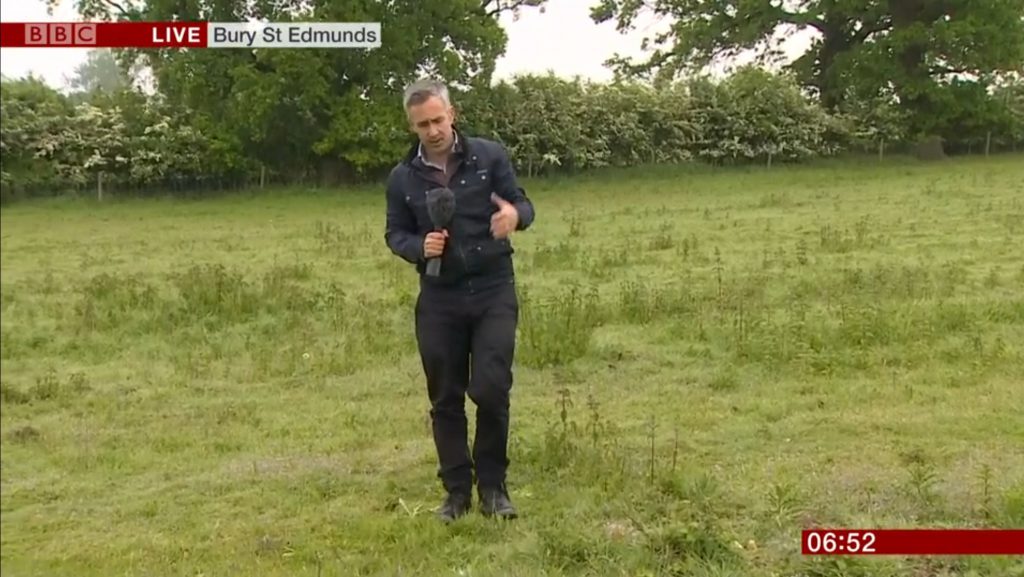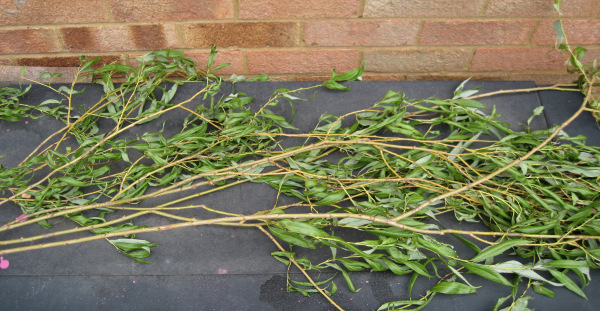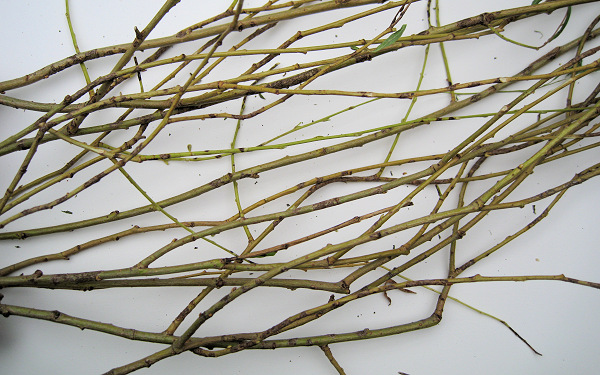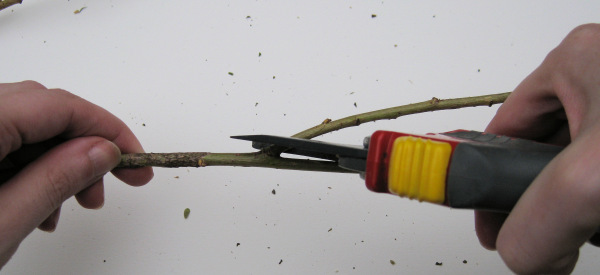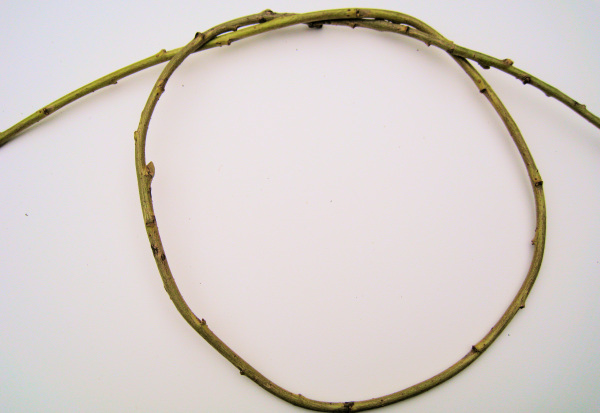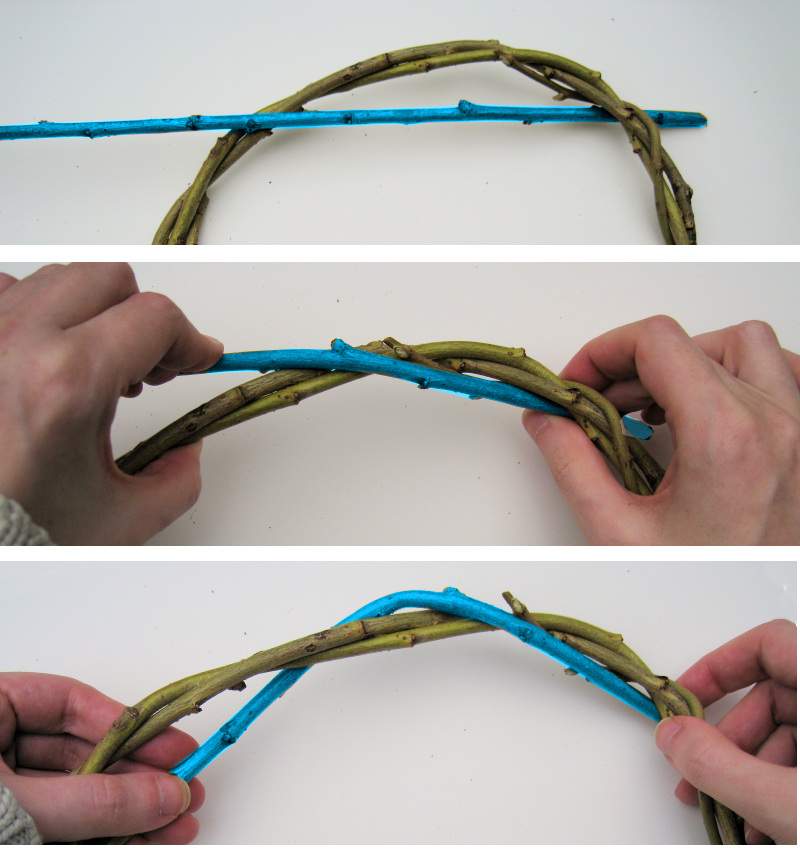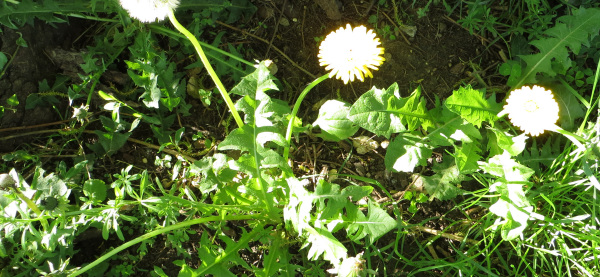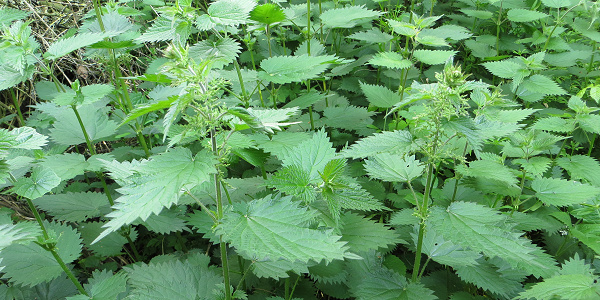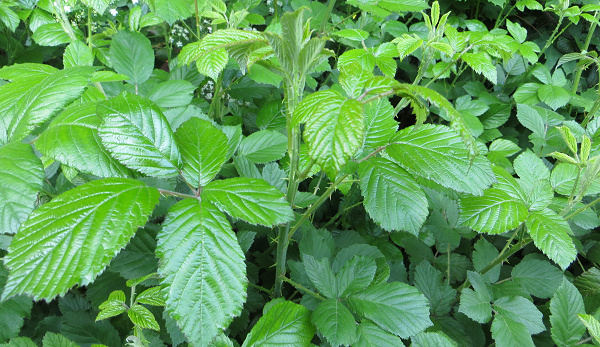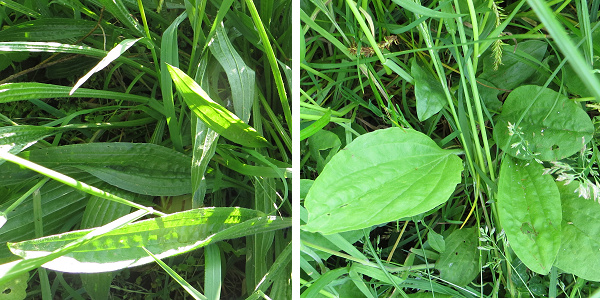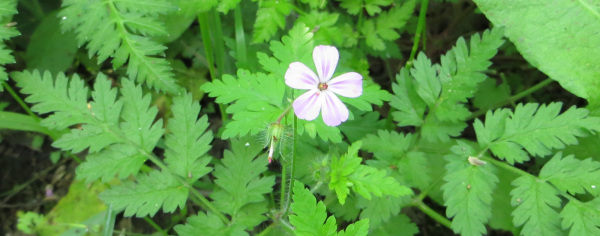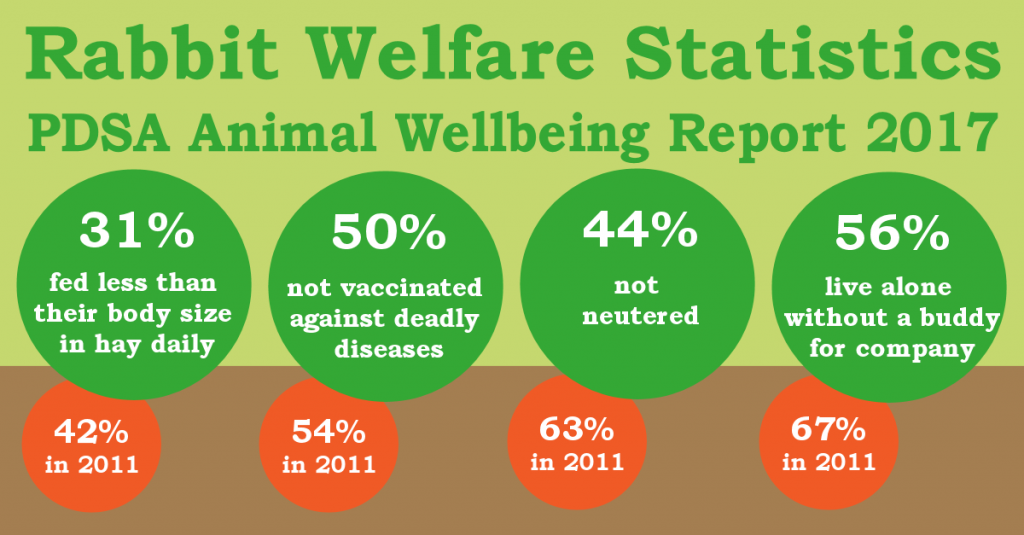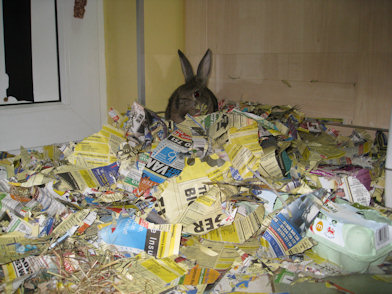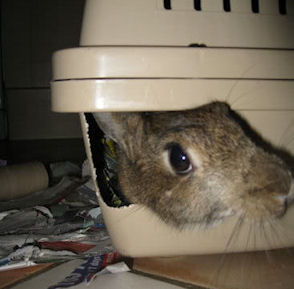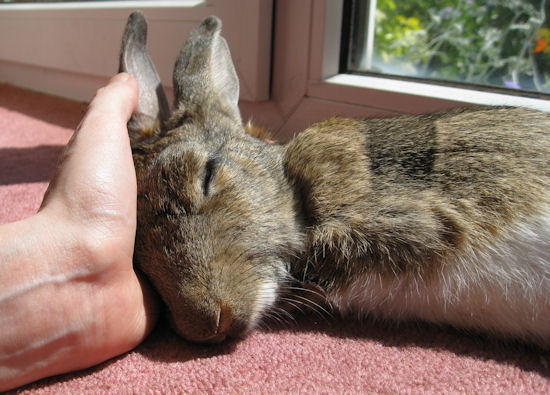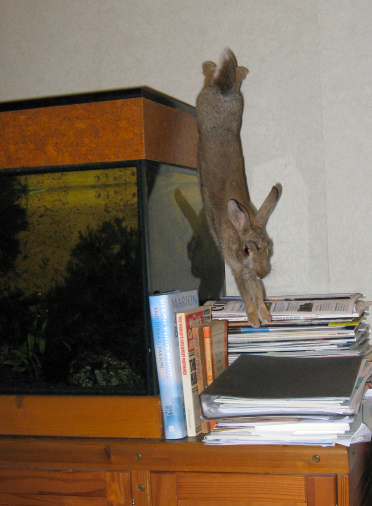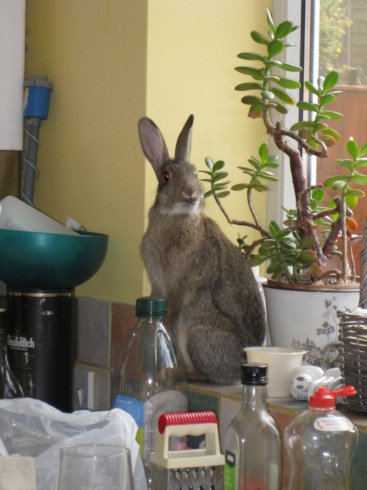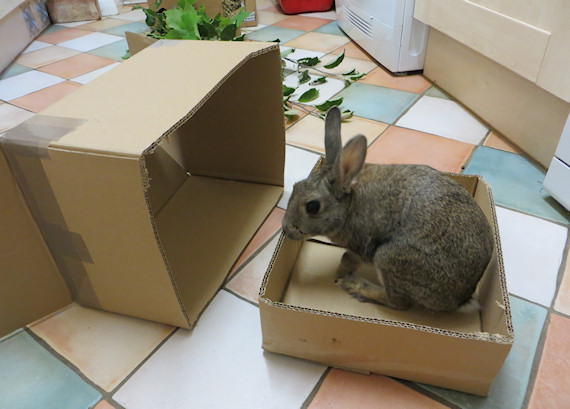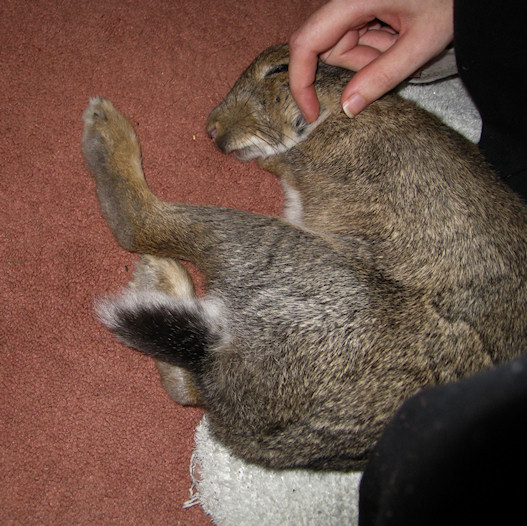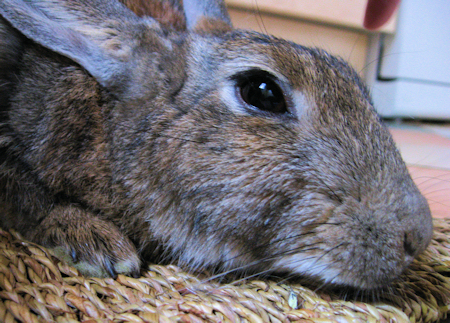Wild Rabbit Population Declines 60% in 20 years
May 15th, 2018You may have caught a little snippet in the media today about the decline in the wild rabbit population in the UK.
Survey results from The British Trust for Ornithology (they study mammals too) show that the population of wild rabbits has declined 60% in the last 20 years, and 5% in the last 12 months.
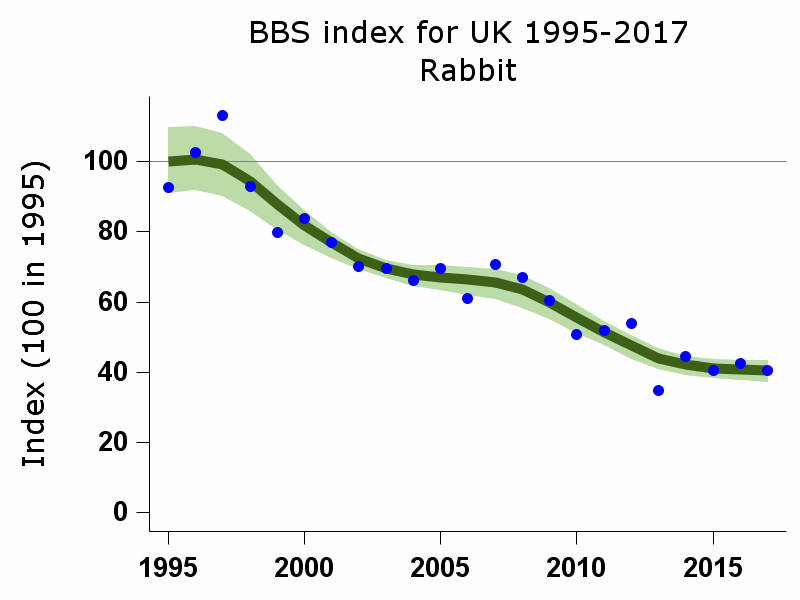
You can view more population statistics on the BTO website here.
It’s normal for the population to fluctuate, but this long term decline is more worrying. It’s not just about the rabbits themselves, but also the role they play with in the wider ecosystem. The BBC interviewed Paul Stancliffe (BTO) who explained that this level of decline would also have an impact on other species, for example rare bird species that nest in the short cropped grass habitats created by wild rabbit grazing. Yes, those wild rabbits are doing an important job!
Why has the wild rabbit population declined?
The main cause is Viral Haemorrhagic Disease (VHD), which is something that’s been around since the early 90’s. Although other causes like Myxomatosis played a part too.
You may have already heard about a new strain of VHD, called VHD2. It’s not just our pets that these diseases effect but also the wild population. Luckily for our pet rabbits we can vaccinate to protect them from disease. If you are in the UK and haven’t yet vaccinated your rabbit speak to your vet about it asap!
How can you help
 The Mammal Society have developed an app called the Mammal Mapper, which will help them access population numbers and monitor long term trends. They’d like you to download and use it to record sightings of wild rabbits.
The Mammal Society have developed an app called the Mammal Mapper, which will help them access population numbers and monitor long term trends. They’d like you to download and use it to record sightings of wild rabbits.
Fiona Mathews, Chair of the Mammal Society and Professor of Environmental Biology at Sussex University explains “What we need people to do is to go on a walk or bike-ride (an evening outing of about 45 minutes is ideal) and record the mammals they see. By recording the route taken, the App will let us work out the densities of animals in different habitats. This is a unique feature of the Mammal Mapper app and will be hugely valuable for conservation. Previously we had no way of working out whether a sighting was submitted because an animal was common, or because people were excited to see it because it was rare. It was also difficult to pin down the precise habitat where the mammal was seen. New technology means that this is all now really easy on a smart-phone.”.
So if you are out foraging for your rabbit or just enjoying an evening stroll, download the app and record any wild rabbits you spot.

